Growing Strawberries from Seeds |
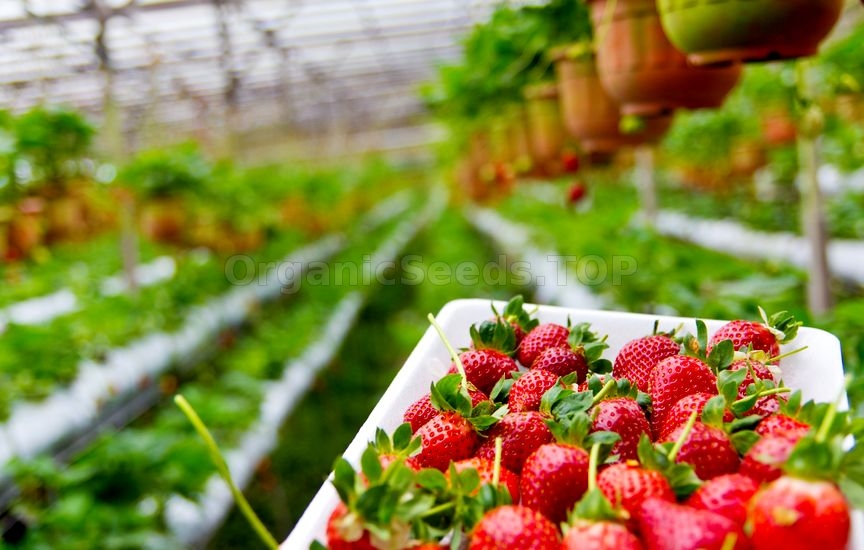 Are you considering growing strawberries from seeds? Learn how to grow strawberries from seed here. "Can strawberries be grown from seeds?" some people ask. Others assume it is impossible and ask instead "Why do strawberries have seeds?" Some strawberry varieties, particularly some "everbearing" (or "long day") varieties, reproduce primarily by seed production, since they grow few or no runners (are "runnerless"). Obviously, then, some varieties of strawberry plants need to grow new plants from seeds. Germinating strawberry seeds (getting them to sprout) is easy. Some seeds may not sprout, depending on the variety, germinating conditions, age of the seed, etc., but that is true for seeds of any plant species. Nevertheless, if you try with enough seeds (typical medium-sized strawberries have about 200 each), then you should be able to get several plants, even if the percentage of seeds that sprout is small. Growing strawberries from seeds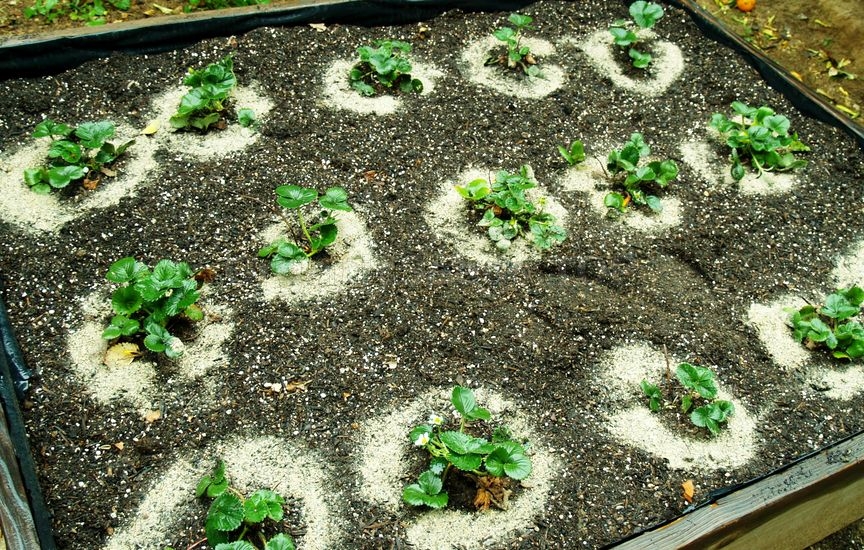 Growing strawberries from seeds begins with obtaining the seeds (actually, they're technically called "achenes"... but here, we'll just call them "seeds"). You can buy strawberry seeds, or you can collect them for yourself. If you decide to collect the seeds, try to take them from vine-ripened strawberries. Strawberries that are picked largely green and ripened later (such as the strawberries that are commonly sold in grocery stores) may not have adequately developed seeds. So try to collect seeds from strawberries that have reached full ripeness before picking. To separate the seeds from the strawberry flesh, just put a mix of water and strawberries into an electric blender (there should be enough water for the berries to float just above the blades of the blender). It's ok to slice off the skin of the strawberries, along with the seeds, and just put this seed-containing skin into the blender (that'll let you save most of the fruit for eating). 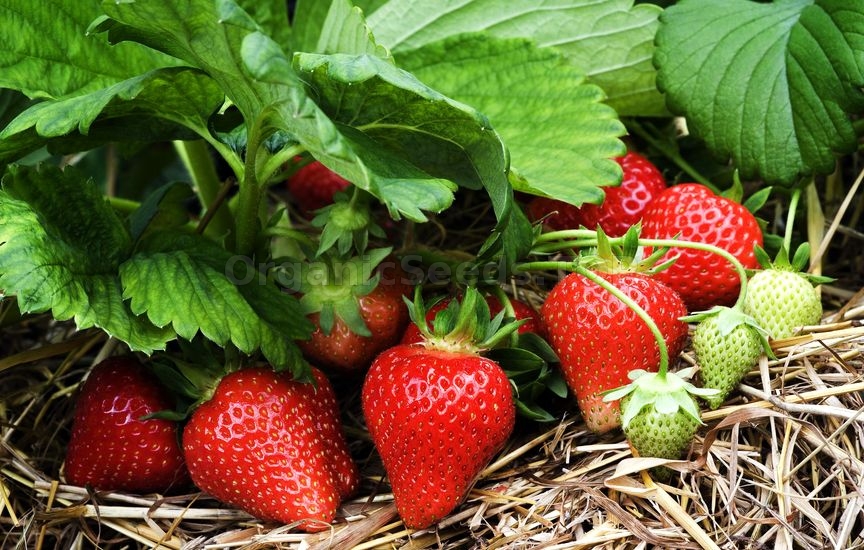 Blend the water and berry mix on low speed for about 10 seconds, then let the mix sit for a moment so that the water and berries can separate. There should be a layer of seeds that settles in the bottom of the blender. You can blend the water and berry mix at a higher speed (or for a longer period) if necessary to separate the seeds, but try to use as little speed and time as possible. This will minimize damaging of the seeds by the blender. Pour off the floating strawberry material and water to reach the seeds at the bottom of the blender. If you intend to plant the seeds at a later time, place them on a paper towel or cloth and allow them to completely air dry, then put the seeds into a container and refrigerate them until you are ready to use them. Note that the seeds should not be stored in the freezer! Some people have become confused about strawberry "dormancy" (the low-growth state of plants during prolonged cold weather). They think that strawberry seeds need to be frozen for a period of time to make them sprout. 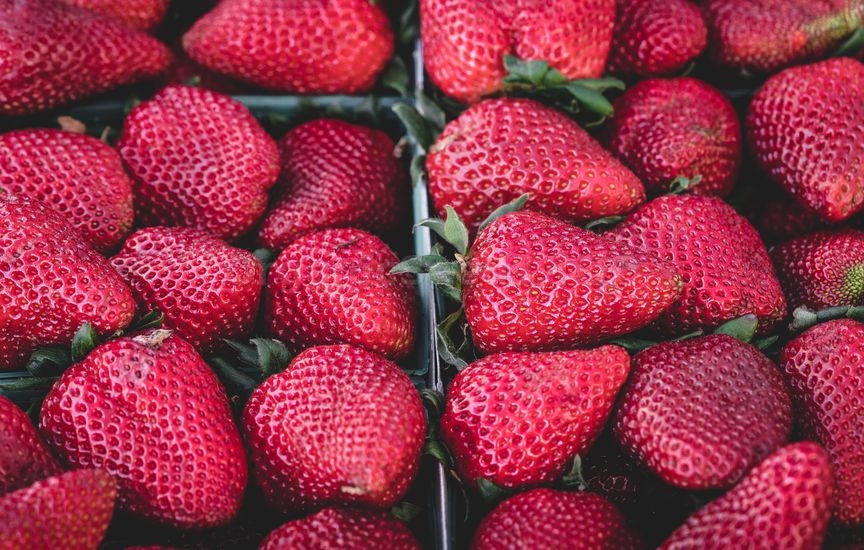 This is incorrect! Freezing temperatures will cause the water in the cells of the seeds to expand. This will stretch the cells so much that they will break, and the seeds will die. Never freeze your seeds! The next step in growing strawberries from seeds should begin about 8 to 10 weeks before the strawberry plants are needed. Select a tray that is about 3 inches (7.5 cm) deep, and place about 1 inch (2.5 cm) of potting soil in the bottom. Press the soil lightly, to give it a fairly smooth surface. However, do not pack it too much: below the surface, the soil should remain rather "fluffy" and airy. The soil needs a surface that will hold the seeds on top of it, but will still be "soft" enough below the surface for water to drain down and for roots to grow easily once the seeds sprout. 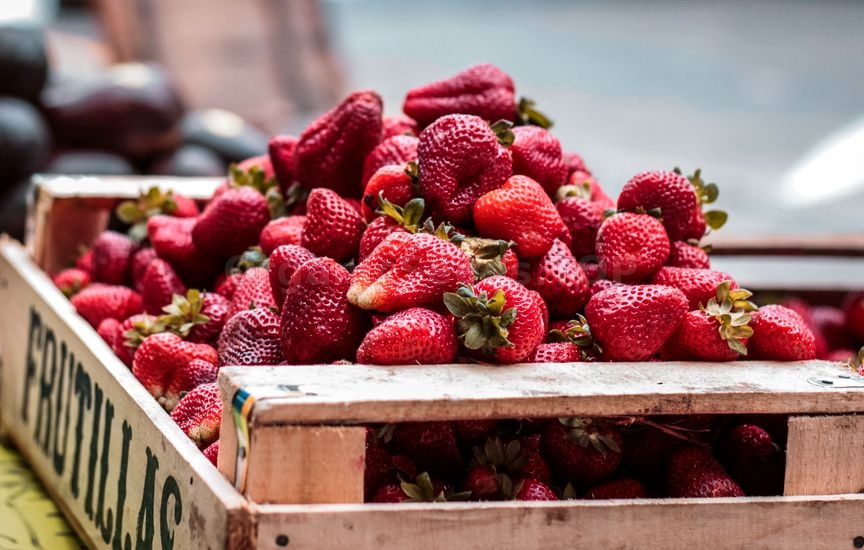 Sprinkle the seeds on the surface of the soil and use a water mister to water them. The seeds should be watered slightly into the soil, but should not be watered in so much that they disappear. Cover the tray with plastic food wrap to form an airtight seal. This will seal the moisture into the tray and also allow light into the tray as well. Place the tray somewhere with bright (but not direct) sunlight and where temperatures in the tray can be kept at about 70 to 80 degrees Fahrenheit (about 20 to 25 degrees Celsius). If you have a small thermometer that you can place in the tray to check the temperature, it would certainly be a good idea to use it here. In addition to light and warmth, the seeds also need constant moisture. Even with the food wrap, the moisture inside the tray will slowly escape and the soil will dry out. Remove the plastic wrap from the tray and mist the seeds and soil in the evenings (and any other time the soil appears slightly dry), then put the plastic wrap back onto the tray. 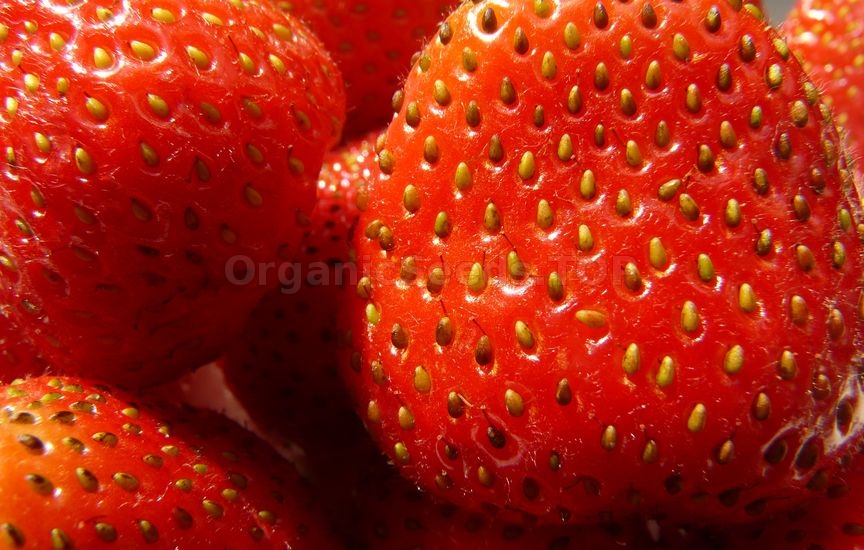 The next step in growing strawberries from seeds, waiting for the seeds to germinate, may require a little patience. How long it takes for strawberry seeds to germinate depends largely on the genetics of the seeds. It is common for some strawberry seeds to sprout in as little as a week. It is also common for some seeds to sprout in as much as a month. In most cases, some sprouts will appear in about a week, and most seeds will have sprouted within 3 weeks. Keep the sprouts in the tray until they have passed the stage of their first small, round leaves ("cotyledons") and have developed their first regular leaves. At this point, gently remove the plants and transplant them into other trays, such as plant flats, also filled with potting soil. These plants should be planted at least 2-3 inches (5-7.5 cm) apart so that they can easily be separated later. When the plants reach this stage of development they no longer need to be covered constantly with plastic, and they can be given at least some direct sunlight. However, it is still very important to make sure the plants don't dry out, and that they don't get too cold. The plants must especially be protected from frost. These plants should remain in the trays until the last step of growing strawberries from seeds, which is transplanting the seedlings into the garden. 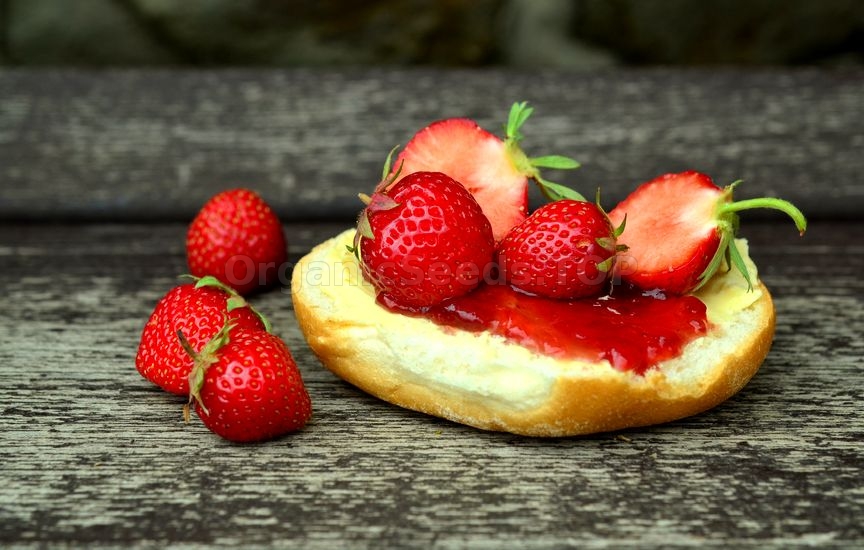 You may need:«Fresca» - Organic Strawberry Seeds«Rozea» - Organic Alpine Strawberry Seeds«Ruegen» - Organic Alpine Strawberry Seeds«Regina» - Organic Alpine Strawberry Seeds«Snow White» - Organic Alpine Strawberry Seeds |
|
|
